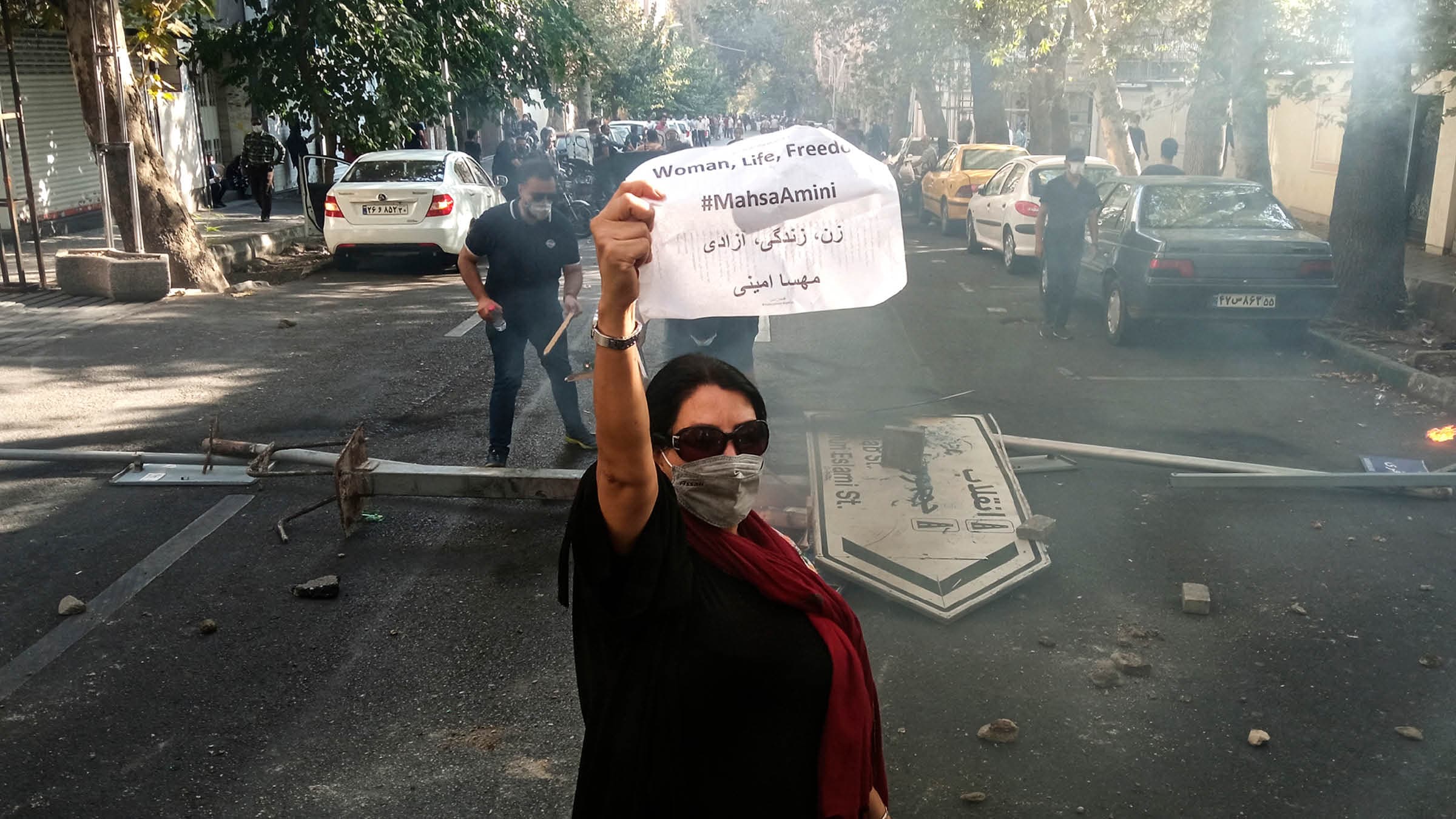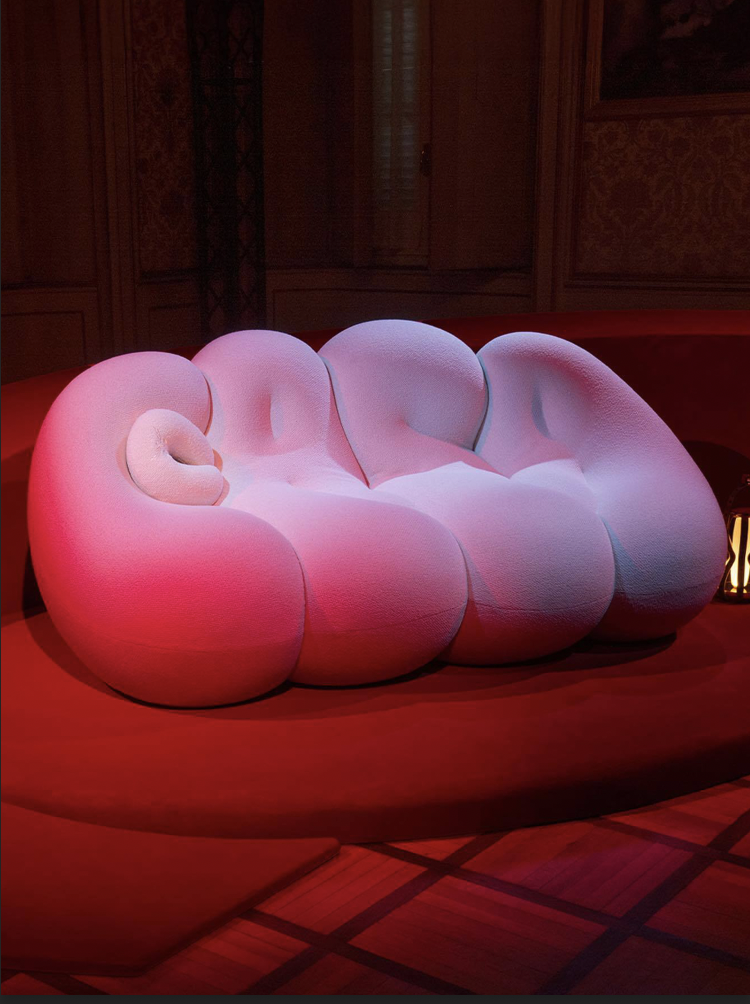The female faces at the forefront of Iran’s unfolding political unrest

In the wake of the death of 22-year-old Mahsa Amini, who died in the custody of the Iranian morality police last month, civil unrest in Iran has reached a fever pitch. Protestors are calling for justice for Amini and the many other women who have been caught in the crossfire while they fight for fundamental human rights. Dissent, which has spread to over 80 cities in Iran, has led to hundreds of arrests, violence, and at the time of writing, internet access remains incredibly limited as the Iranian government strictly monitors its usage.
These protests may well be the first time in history that women have been both the spark and engine for an attempted counter-revolution, despite the obvious danger of arrest and even death. Here HUNGER breaks down the women at the front of this revolution.
Mahsa Amini
As mentioned, it was Amini’s abrupt death at the hands of Iran’s morality police that sparked the protests we’re seeing today. Amini was sent to a reëducation centre for “inappropriate attire” – which was too much hair protruding from a headscarf – in Tehran. She ended up in a coma and died three days later on September 16th. Amini’s death resulted in many women refusing to wear their hijabs in protest against the morality police, who have been enforcing them in line with a decree issued by the president, Ebrahim Raisi. Protest chants about her death quickly led to calls to oust the Iranian regime; “Death to the Dictator,” and “our disgrace is our incompetent leader,” protestors could be heard chanting in videos online. The slogan and hashtag of the protests ultimately became #WomanLifeFreedom.
Nika Shakarami
A 16-year-old art student, Nika Shakarami, was last heard from on September 20th, when she called a friend to say that security forces were chasing her down the street. It was later revealed that the teenager was protesting hours before her death, her mother told BBC Persian. Shakarami could be seen standing on a dumpster and burning her headscarf in Tehran, while others chanted slogans against the Islamic Republic. Ten days after she was seen protesting, her family retrieved her body from a detention centre in Tehran, and Shakamari’s head appeared heavily battered, her aunt told the BBC. The government, however, claimed that she died after falling from a rooftop. She was then buried secretly on her 17th birthday to avoid antagonising protesters further, as funerals have previously been crucial to political mobilisation in Iran. Deaths are commemorated once more after 40 days in Shiite Islam, which often sparks emotive processions that evolve into new protests. Looing back at history, funerals were one of the driving factors of Iran’s Revolution in 1978 that prompted the Shah to flee in 1979.
Hadis Najafi
In the wake of Amini’s death, just five days later, 23-year-old Hadis Najafi recorded a video message during a protest. “I hope in a few years when I look back, I will be happy that everything has changed for the better,” she reportedly said, per ITV. She was shot in the head only a few hours later.
The female protestors who stand united
Ever since the news broke of Amini’s death, women have been taking to the streets to have their voices heard and fight the injustice they face on a daily basis. Women and girls are cutting their hair and posting it on social media as acts of defiance, as well as fearlessly taking off their headscarves, and setting them on fire in front of massive line-ups of riot police forces. Additionally, hundreds of high-school girls and university students have been participating in the face of teargas, clubs, and in many cases, live ammunition by the security forces, rights groups have now reported, per Iran Human Rights.

